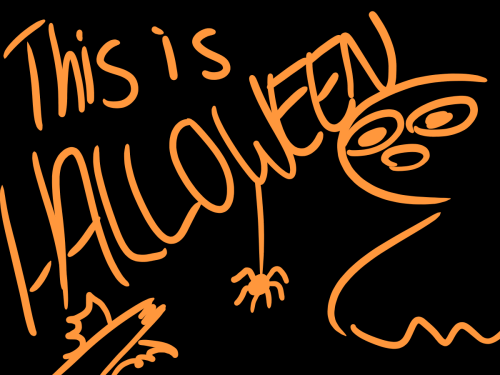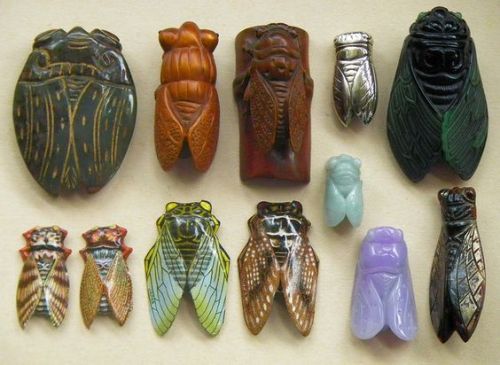Viridarium Umbris:
'Concerning The Powers and Virtues of Pine, Rustic Lord of the Lonely Places'
"The Pine stands as the ally of the Wayfarer upon the Path for its many uses, both practical and magical. The presence of Pines is an indication of life, as the Trees tend to grow in community and attract diverse beasts and worts to their domains. Dead wood provides excellent kindling for the fire, and live wood cut for timber is one of the most versatile and workable of woods. Nuts found within the cones provide a wholesome food to sustain the body; all species are edible. Its sap is both nutritive and medicinal, and, should additional sustenance be needed, the green needles may be brewed into a nourishing tea. Thus, though often found spreading its branches in the wild lands, the Pine-forest serves as a place of Sojourn and respite whilst walking the path in pilgrimage.
The Genius of the Pine, despite its preference for wilderness, is on the whole friendly toward man, hence its adaptation in many circumstances to domestic existence, and bestows the virtues of ingenuity and adaptation. In species it numbers almost one hundred, widely distributed throughout the world, and some kinds, such as the Bristlecone, may attain ages in advance of 4,500 years. Though numerous exotic conifers have come forth unto Albion in recent centuries, its principal Pine-warden is the magnanimous Pinus sylvestris or Scots Pine, which may be seen in its truly wild state now only in isolated places in the Highlands, however in certain hedges in East Anglia it curiously makes a home among the more usual hardwoods common there.
With most Pines, trunks of larger trees reveal sap-flows where the fragrant resin has hardened; this may be collected and used for varied purposes of Art, such as for fumigation or for making varnishes. However, not every Pine species produces resin of good and wholly aromatic quality, thus it is a matter of discernment which the simpler must arrive at by cunning and diligent investigation. Where a certain pine resin is left wanting with regard to its aromatic properties, it may still be used as an agent of binding.
Needles harvested and dried green will retain aromatic virtue and may be burnt, together with resin and cones, as a suffumigant strong in powers of earthing, and keeping haunting shades of the dead at bay. This power of removing ghost-infection is doubly potent in the resin.
The cones, after having expelled their seeds, serve as encharmed vessels for the work of thaumaturgy, each of the numerous hollows capable of being filled with a different enchantment. Likewise, the hollows of a cone may be packed with flammable unguents, aromatic resins and powders, and the whole set to roast slowly upon the hearth-fire of working as a splendid perfume. Such aromatic ingredients may be derived from the Pine direct, in the form of resin, ground bark and needles, and twigs, or from other worts and trees as dictated by Ingenium."
—
Viridarium Umbris:
The Pleasure Garden of Shadow
3: ‘The Book of Going Forth into the Field of Cain’
by Daniel A. Schulke
More Posts from Saintedsorcery and Others










:/

I decided this year would be the year I took part in “la Neuvaine aux ancêtres” (the novena for the ancestors). From Oct. 24-Nov. 1 I shall pray to my ancestors and then visit who I can at the graveyard when the novena ends. Thank you as always to @courir_le_loupgarou for your resources 🖤 #fcsorcelleriecf #ancestorveneration #novena #neuvaine #cunningwoman #loupgarou #frenchcanadianfolkmagic #witch #pagan #traditionalwitchcraft #folkcatholicism https://www.instagram.com/p/CkILQwgOnIX/?igshid=NGJjMDIxMWI=

Agrippa ~ Of the seals, and characters of natural things.
Everything therefore hath its character pressed upon it by its star for some peculiar effect, especially by that star which doth principally govern it: and these characters contain, and retain in them the peculiar natures, virtues and roots of their stars ….


Burning man, Tomasz Kawecki
Magic circles were originally cast with flour. From Wikipedia: Zisurrû, meaning “magic circle drawn with flour was an ancient Mesopotamian means of delineating, purifying and protecting from evil by the enclosing of a ritual space in a circle of flour. The choice of flour was crucial to the purpose of the ritual, with šemuš-flour reserved (níĝ-gig) for repelling ghosts, wheat-flour for rituals invoking personal gods and šenuḫa-barley to encircle beds, presumably to counter disease-carrying demons.
it is so wild to me the fashions that are called “emo” today. especially given the fact that probably 80-90% of it is actually scene, not emo. this would have started full on wars 15 years ago








Andy Goldsworthy


various cicada-shaped knickknacks
[succulentlover77 / flickr]

Cernunnos by Pascal Blanché
This artist on Instagram
-
 templeofom reblogged this · 4 months ago
templeofom reblogged this · 4 months ago -
 templeofom liked this · 4 months ago
templeofom liked this · 4 months ago -
 leftemperor liked this · 5 months ago
leftemperor liked this · 5 months ago -
 thewatersandthewilds liked this · 7 months ago
thewatersandthewilds liked this · 7 months ago -
 z3nko-kitsune liked this · 7 months ago
z3nko-kitsune liked this · 7 months ago -
 l-u-c-i-i-e liked this · 10 months ago
l-u-c-i-i-e liked this · 10 months ago -
 son-ov-the-vvitch liked this · 10 months ago
son-ov-the-vvitch liked this · 10 months ago -
 jimmysgay reblogged this · 10 months ago
jimmysgay reblogged this · 10 months ago -
 lavenderbrookemystic reblogged this · 1 year ago
lavenderbrookemystic reblogged this · 1 year ago -
 whispersinthecosmos liked this · 1 year ago
whispersinthecosmos liked this · 1 year ago -
 eaux-fortes reblogged this · 1 year ago
eaux-fortes reblogged this · 1 year ago -
 y0urn3b0rsc4t liked this · 1 year ago
y0urn3b0rsc4t liked this · 1 year ago -
 seeking-witchcraft reblogged this · 1 year ago
seeking-witchcraft reblogged this · 1 year ago -
 sapphosembrace liked this · 1 year ago
sapphosembrace liked this · 1 year ago -
 jimmysgay reblogged this · 1 year ago
jimmysgay reblogged this · 1 year ago -
 likethestars-chasethesun reblogged this · 1 year ago
likethestars-chasethesun reblogged this · 1 year ago -
 wyzper317 liked this · 1 year ago
wyzper317 liked this · 1 year ago -
 treeeeeeeeeeeeeeee liked this · 1 year ago
treeeeeeeeeeeeeeee liked this · 1 year ago -
 jimmysgay reblogged this · 1 year ago
jimmysgay reblogged this · 1 year ago -
 jimmysgay liked this · 1 year ago
jimmysgay liked this · 1 year ago -
 mairimccarter reblogged this · 2 years ago
mairimccarter reblogged this · 2 years ago -
 hawthorneleaves reblogged this · 2 years ago
hawthorneleaves reblogged this · 2 years ago -
 overcoatoverkill liked this · 2 years ago
overcoatoverkill liked this · 2 years ago -
 pineawaycamp reblogged this · 2 years ago
pineawaycamp reblogged this · 2 years ago -
 mairimccarter reblogged this · 2 years ago
mairimccarter reblogged this · 2 years ago -
 stern-der-meere reblogged this · 2 years ago
stern-der-meere reblogged this · 2 years ago -
 headlessmage reblogged this · 2 years ago
headlessmage reblogged this · 2 years ago -
 wormwoodtea reblogged this · 2 years ago
wormwoodtea reblogged this · 2 years ago -
 wormwoodtea liked this · 2 years ago
wormwoodtea liked this · 2 years ago -
 cheezbot liked this · 2 years ago
cheezbot liked this · 2 years ago -
 misssomniferum reblogged this · 2 years ago
misssomniferum reblogged this · 2 years ago -
 misssomniferum liked this · 2 years ago
misssomniferum liked this · 2 years ago -
 sisterofreverance liked this · 2 years ago
sisterofreverance liked this · 2 years ago -
 lavenderbrookemystic reblogged this · 2 years ago
lavenderbrookemystic reblogged this · 2 years ago -
 lavenderbrookemystic liked this · 2 years ago
lavenderbrookemystic liked this · 2 years ago -
 chthonic-divine reblogged this · 2 years ago
chthonic-divine reblogged this · 2 years ago -
 chthonic-divine liked this · 2 years ago
chthonic-divine liked this · 2 years ago -
 farsailing liked this · 2 years ago
farsailing liked this · 2 years ago -
 stormcrow513 liked this · 2 years ago
stormcrow513 liked this · 2 years ago -
 khaire-traveler liked this · 2 years ago
khaire-traveler liked this · 2 years ago -
 chimecharm liked this · 2 years ago
chimecharm liked this · 2 years ago
